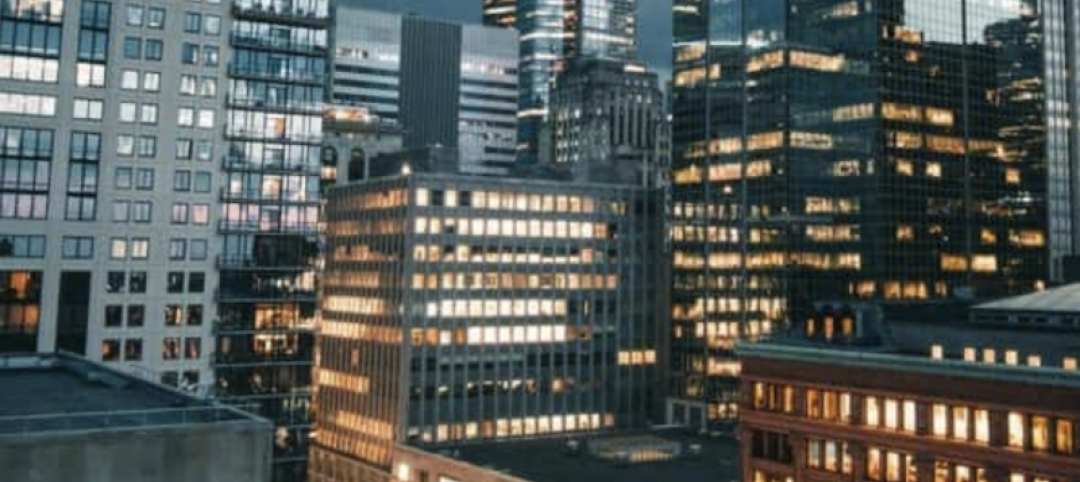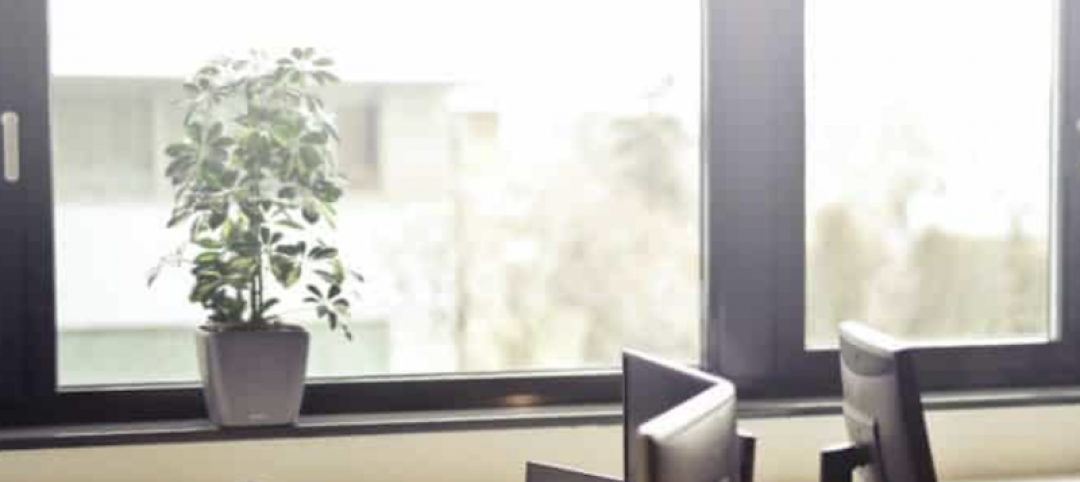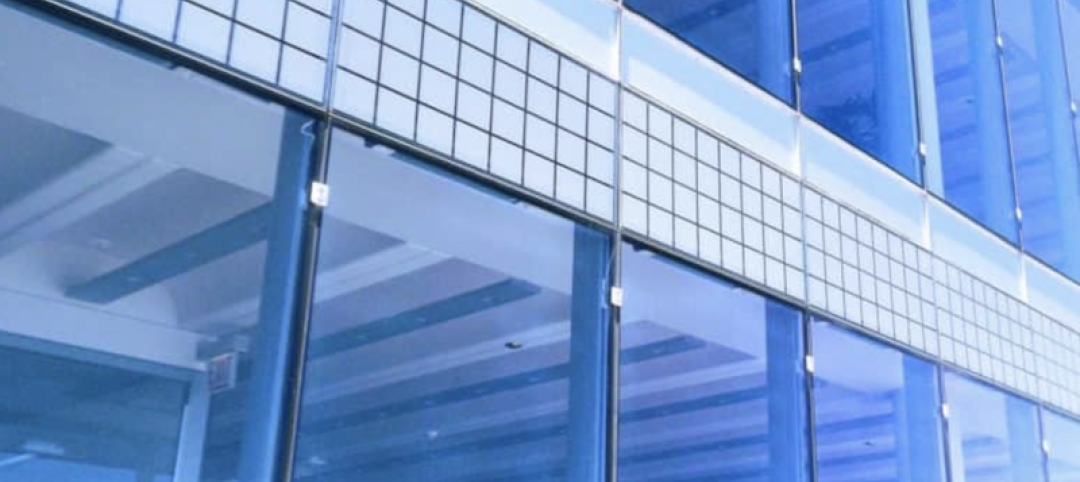There is no greater force than the force of nature, and there is no clock more relentless than the rhythm of our seasons.
More than 70 percent of the world’s population is expected to live in cities by 2050. And people like to live by the water. Our coastal cities, often our densest cities, are facing climate change impacts first. Florida residents are already feeling the effects of glacial melting and rising sea levels.
All over the world we are experiencing wild swings in frequency and severity of weather as the effects of climate change accelerate. This extreme weather heavily impacts our infrastructure and real property, creating unique issues for developers and owners.
Sustainability is the act of ensuring the ability to continue, through stewardship of human, financial, and ecological capital. Resiliency, on the other hand, is simply ensuring that the capital base does not fail catastrophically and continues to perform at a net positive rate, even during wild weather events. Climate resilience strategies allow waterfront buildings to flood without damaging major equipment, and to continue operations when the power goes out. Resilience planning allows communities and businesses to bounce back after events.
But this isn’t just about rising tides. Resilient design must also address the shelter-in-place realities of hurricanes, tornadoes, blizzards, and heat waves. Meanwhile, communities in drought-affected regions need to create building ecosystems that minimize water consumption and develop nimble ways to cultivate water.
Buildings are the most important capital investments a company can make – and are towering symbols of a company’s brand. Because climate is no longer predictable, real estate owners need to consider an entirely new set of factors. Ignoring the new and extreme climate variables could mean that buildings lose value over time. Standing strong in the case of an extreme event is good for business in many ways. Just ask Prologis, Wal-Mart, FedEx, and US Bank.
There are tangible business and financial benefits to companies with real estate that is resilient enough to continue operations during crises, including:
- Community shelter offered by commercial buildings
- Employee and community safety
- Workflow continuity
- Supply chain continuity
- Uninterrupted operations
- Capability of going off grid with on-site water and electricity sources
- Sustain reputation
The good news is that many climate resilient features compliment sustainable design elements. And just like sustainability strategies, resilience strategies should serve the business of today just as well as they serve the users of tomorrow.
Designing or retrofitting a building to be more resilient will mean that its occupants are safer, business has the potential to endure, the supply chain is protected, and the risks of volatile weather patterns are mitigated.
Climate resilience may motivate the design and engineering teams to change an HVAC system or to place critical building operation equipment and mechanical systems on higher floors – neither of these strategies add to a project budget, and both increase resilience.
There are emerging third-party rating systems for resilience, and we expect to see more thorough climate resilience measures in the near future. Two current rating systems are the Envision Sustainable Infrastructure Rating System, and USGBC’s LEED rating system. Envision addresses climate change resilience in its sustainable infrastructure rating system. LEED launched three resilience pilot credits in November 2015, designed to ensure that a design team is aware of site vulnerabilities and addresses the most significant risks in the project design.
No building owner should invest in resilience systems that don’t also benefit the business. Designing or retrofitting a building to be resilient must mean that its occupants experience a joyful program, everybody is safe, business can endure, and the supply chain is protected even if the weather is wildly out of normal.
Using an integrated design approach on top of quality sustainability and resilience practices increases the odds that the design effort will benefit both the business and the building. And sustainable features like efficient lighting and bike racks don’t matter if the building isn’t standing.
More from Author
Paladino | Jan 10, 2022
The future of regenerative building is performance-based
Why measuring performance results is so critical, but also easier said than done.
Paladino | May 26, 2021
Injecting embodied carbon capability into the integrated design and construction process
Embodied carbon is defined as the carbon footprint of a material, and is expressed in metric tons of CO2e.
Paladino | May 12, 2021
Climate modeling for a resilient business and future
This post explores changes that developers and their teams need to make to their risk and resilience strategies by climate modeling for climate change.
Paladino | Apr 26, 2021
Building performance requirements are coming: Are you ready?
Building Performance Requirements are trending nationwide and are likely coming to a county near you.
Paladino | Feb 8, 2021
Six lessons learned from our first Fitwel Viral Response Module certification
The Fitwel Viral Response Module is one of several frameworks that real estate owners and operators can use to obtain third-party certification for their efforts ensuring their properties are ready for a safer and healthier return to work.
Paladino | Jan 14, 2021
Shift your energy to carbon
Now is the right and necessary time for the commercial real estate industry to shift its environmental strategy from just energy, a carbon contributor, to carbon itself.
Paladino | Nov 13, 2020
5 tips when designing for daylight
Daylight modeling is a tool to examine how daylight interacts with a building, and how that natural light behaves within interior spaces.
Paladino | Jul 16, 2020
COVID readiness: IWBI and USGBC seek to help businesses quantify risk
In an effort to address the risks of COVID-19 at the building scale, USGBC and IWBI have analyzed existing certification guidelines and drafted new, relevant content.
Paladino | Jun 5, 2020
3 strategies to improve the wellness of building systems and gain tenant trust
Three operational issues that must be prioritized for every building in order to achieve tenant trust are air quality/ventilation, relative humidity, and building commissioning.
















